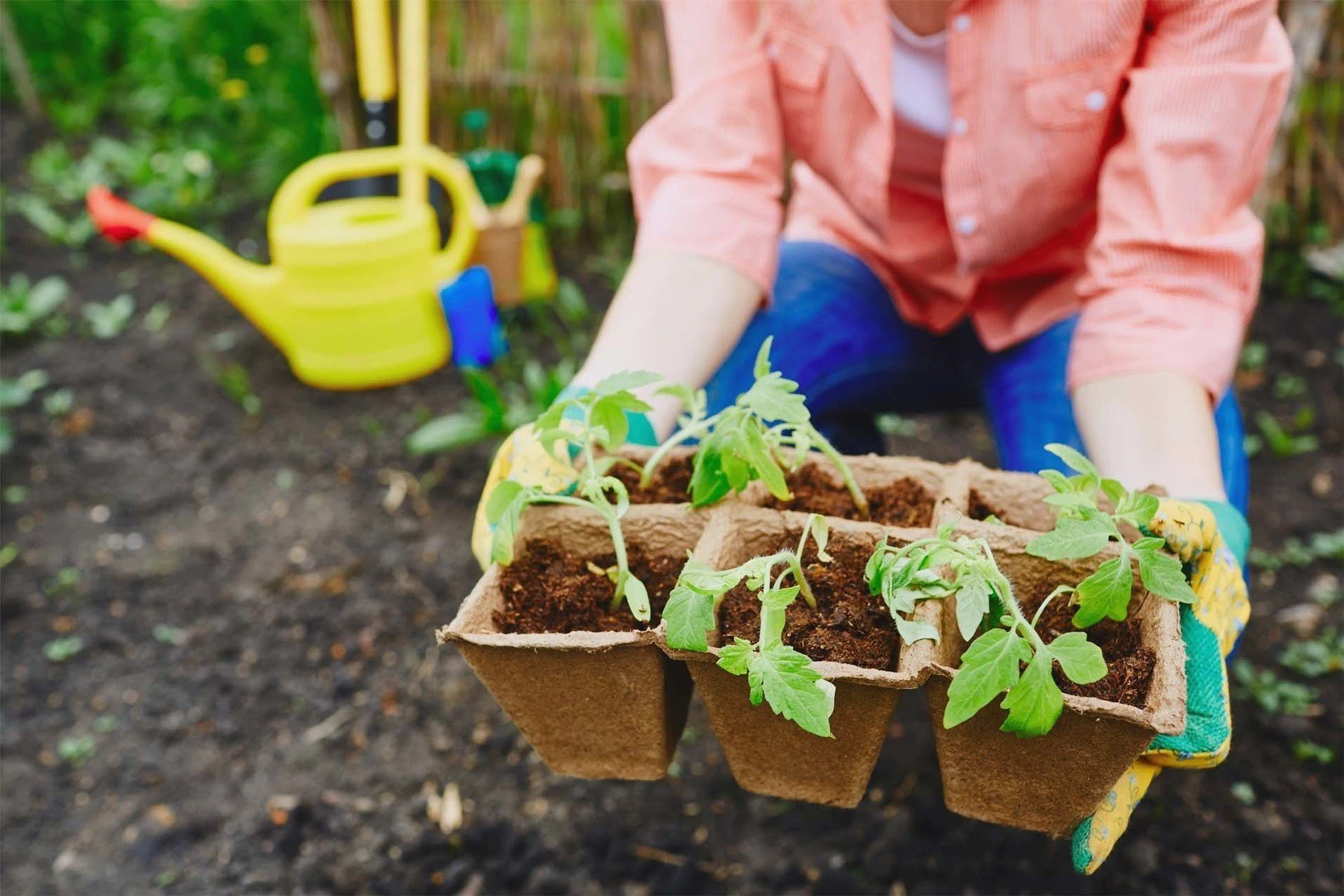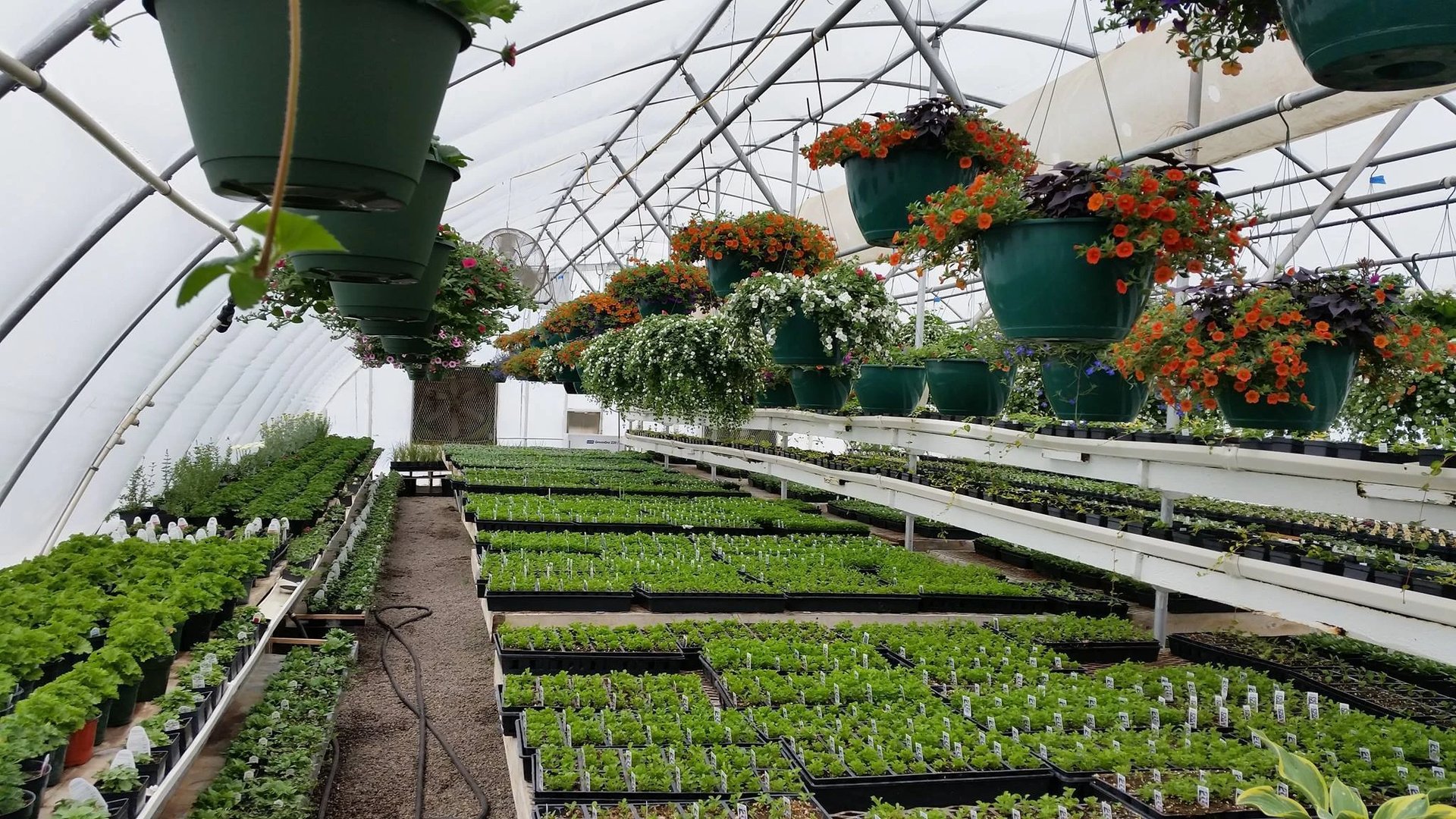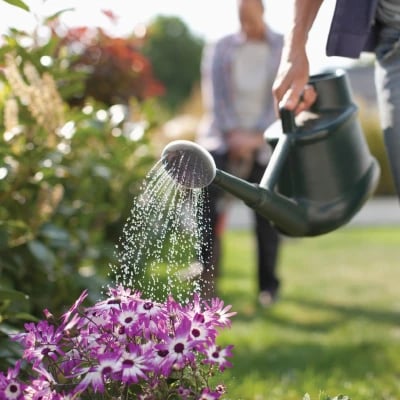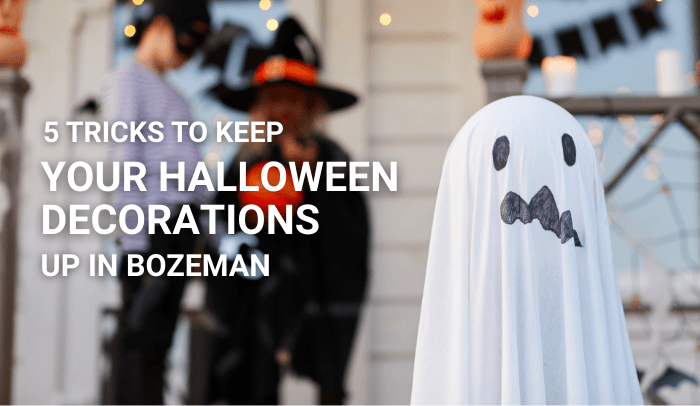Transferring Indoor Plants To An Outdoor Garden
If the signs of spring have you itching to get outdoors and start digging in the garden, you’re not alone. After spending winter cooped up inside, your indoor plants and vegetable starts may be just as anxious to start soaking up some sunshine. But with our ever-changing weather, when is the right time to finally start gardening outside?
In some parts of the country, some indoor favorites can survive outdoors year-round, including select varieties of fig trees, jasmines, bamboos, and ferns, though, take some time to learn the dos and don’ts of introducing your indoor garden to the great outdoors. By planning and preparing for the transition, you can reduce the risks of stressing your houseplants and avoid sending them into shock.
Make sure your outdoor garden’s location will work with your plants
In some parts of the country, some indoor favorites can survive outdoors year-round, including select varieties of fig trees, jasmines, bamboos, and ferns. However, many popular houseplants are tropical varieties and can’t withstand cooler winter temperatures. These non-hardy houseplants should be kept in pots and containers and only moved outdoors after outdoor temperatures are consistently warm enough for them.
If you’re considering moving some of your hardy houseplants to your garden permanently, you should first find out if your plant will survive in the conditions of your USDA Hardiness Zone. Based on average winter temperatures in an area, USDA Hardiness Zones range from zone 1a, where winter temperatures can reach -60° F, to the 60°-75° F winters in zone 13b. Gardens in the Bozeman area fall in Zone 4b, with temperatures reaching -25° to -20° F during winter.
Consider your microclimate
Your USDA hardiness zone is only one factor to consider when rehoming your indoor plants. Your elevation, annual rainfall, soil type, and garden conditions will all influence your plants. Some houseplants will fare poorly in high winds and will benefit from a more sheltered location. Others will suffer in high humidity and need to be positioned far enough from other plants to ensure they get the airflow they need.
Find good soil for your garden
Whether you plan to transplant your houseplants into your garden beds or display them outside in pots and containers, you’ll need to give them the best soil for their needs. Unless you’re one of the few lucky gardeners blessed with naturally loamy soil, you’ll need to either buy or build soil for your plants. Garden, raised bed, and potting soils are just a few of the options you’ll find at Owenhouse Ace, and each one suits a specific need.
Garden soil is meant to be mixed with your existing soil to improve growing conditions. If you’re planting in the ground, this is the soil you’ll want to purchase.
Raised bed soil is less dense than garden soil, and is meant for use when you are growing plants in a raised bed or container on top of your native soil, not in it.
Potting soil is designed to improve conditions for potted plants, allowing them to get adequate water intake and expand their roots. Potting soil is intended for annual use and should be replaced every year.

Soil amendments
In established flower gardens, you may need only to amend your soil to meet your plant’s needs or correct any deficiencies.
Lime: Adding lime will raise the pH and reduce the acidity of the soil.
Sulfur: Sulfur reduces the pH and increases the acidity of the soil.
Gypsum or perlite: These amendments improve aeration and drainage in your soil.
Peat moss or vermiculite: Sphagnum peat moss and vermiculite can aerate the soil and improve moisture retention.
Prep where your plants will go in your outdoor garden
If you’re planning to give your houseplants a permanent home in your flower or vegetable garden, you’ll need to prepare your beds in advance to optimize growing conditions. Several weeks before transplanting, you should weed your garden beds, test your soil’s moisture levels and pH, and add any necessary soil amendments.
Tracking the amount of sun each area of your garden receives is also an important step when preparing to move house or office plants outdoors. Low- and moderate-light plants may suffer sunscald if they’re rehomed, even temporarily, in a part of your garden that receives direct summer sunlight.
Repotting Houseplants
Even if your plants will remain potted while outdoors, now is the time to re-pot them and refresh their soil. As a general rule of thumb, most plants will grow larger and remain healthier if they are repotted into a slightly larger container each year.
While many house and garden plants will appreciate the opportunity to stretch their roots out into a larger pot, this isn’t true for all. Some species, such as peace lilies, will only bloom when they are under stress, so repotting a rootbound peace lily could cause it to put on foliage instead of blooming.
Clean your indoor plants
Just as you cleaned your plants when you brought them indoors before winter, you’ll need to clean them again before setting them out for spring and summer. Most plants can tolerate being sprayed down in your shower or kitchen sink, which will wash off any accumulated dust or cobwebs. Many small pests, such as aphids, can be knocked away and washed down the drain in this way, as well.
You can also wipe down foliage with a wet cloth; a water-dampened rag is all you need, but many gardeners prefer to clean foliage with milk or banana peels instead. Cacti, succulents, and many fuzzy-leaved specimens, such as African violets, need a more careful cleaning approach, which could involve misting, brushing, or cleaning with compressed or puffed air.

Transfer your indoor plants with care
There are no hard and fast rules for when you can safely move your indoor plants outside, but most areas of the country can expect May through September to be “safe.” To be sure you’re not putting any of your plants in harm’s way, try to wait at least two weeks after your last frost before you begin moving them to their summer space. If you live in an area with late-season snow or frost, it may be necessary to wait as many as four weeks.
Provide care for transplants
Any plants you transplant from their containers into your garden landscaping may need some extra TLC while they get used to their new growing conditions. Large indoor plants may need stakes to support them, while you may need to provide additional shade or even prune back much of the foliage of others so they can focus their energy on developing robust root systems. If you’re unsure how to support transplants, you can get advice from the experts at Owenhouse Ace Hardware.
Simple tips for transferring your indoor plants outside
The appearance and health of your houseplants will benefit from spending the warmer seasons outdoors. Carefully considering the needs of each plant and following a few simple tips will help to ensure your plants benefit from their season in the sun.
Make the transition slowly
While many houseplants will thrive in full sun, the intensity of outdoor light can shock them after receiving months of filtered indoor light. Before moving your plants to their summer home, start them off outdoors for only a few hours each day in a sheltered, shady spot. You can then begin to expose them to more direct light each day and increase the time they spend outdoors for several weeks so they can acclimate to the conditions.
Watering
When indoor plants move outdoors, they will need more frequent watering, especially those in containers. Their needs will vary, however, so be careful not to prescribe the same regiment to every plant. Most plants should only need water once the top 1-2 inches of soil dry out. Underwatering and overwatering plants can stress them, so only water plants when it is clear they need it.
Fertilizing
Most fertilizers contain three vital nutrients plants need to grow, expressed on their label as an NPK (Nitrogen, Phosphorous, Potassium) ratio:
Nitrogen supports the growth of foliage.
Phosphorus promotes healthy growth of plant roots.
Potassium helps plants produce healthy blooms.
Indoor plants require regular fertilization during their growing season, but only when needed and in the proper amount. While many indoor plants benefit from a general indoor fertilizer mix, cacti, succulents, violets, and some other houseplants need an NPK ratio balanced for their specific needs. The experts at our garden center can help you select the fertilizers best suited to your plants if you’re unsure.
Whether indoors or in the garden, plants should not receive fertilizer when they are weak. This includes any plant that has been recently repotted, transplanted, or moved to a new environment. For houseplants moved outdoors in spring, wait at least one month before providing fertilizer.
Know which plants to keep indoors
While many houseplants will benefit from a careful transition outdoors, some indoor plants are simply not suited to a life exposed to the elements. Depending on your climate and other growing conditions, some orchids and violets, for example, might do best indoors even when the warm weather sets in.

Conclusion
When you take the time to carefully transition your houseplants outdoors so they can soak in the spring and summer sun, they’ll reward you with lush, healthy new growth. With a small amount of careful planning, they’ll reward you for years to come both inside the house and out.
Whether you have a handful of houseplants or an expansive outdoor garden, your local experts at Owenhouse Ace Hardware can help you transform your backyard into a tranquil oasis. Owenhouse has everything you need to get outdoors this year – from patio furniture, decking materials, fire pits, and more – we’re here to help you with all of the supplies and advice you need for your next home or garden project.




